Both reciprocating saws and jigsaws are primarily used for cutting scrolls. However, there lie some major differences between them; you must know that there is an essentially perfect line in tool terminology that is the basis of a separation from harmless ambiguities.
See Also:
Taking reference from the aforementioned line, never get misguided by phrases such as “reciprocating saw and jigsaw are similar to each other” because they are completely different tools although they more or less have the same functionalities and relations.
Mentioned below is a vivid description which pictures and illustrates the primary differences between these two tools; hence if people try to mislead you in the near future, do not forget to put forth this information in order to educate them.
More...
General overview:
Reciprocating saw VS Jigsaw
As mentioned above regarding the similarities between reciprocating saw and jigsaws, here is an overview citing their similarities but differences mainly. Both are used for cutting scrolls in a massive manner.
To explain the scenario of reciprocating saw vs jigsaw better, it can be said that the reciprocating saws are relatively bigger stationary tools where you lay the material on the table and feed it into the tender little blade.
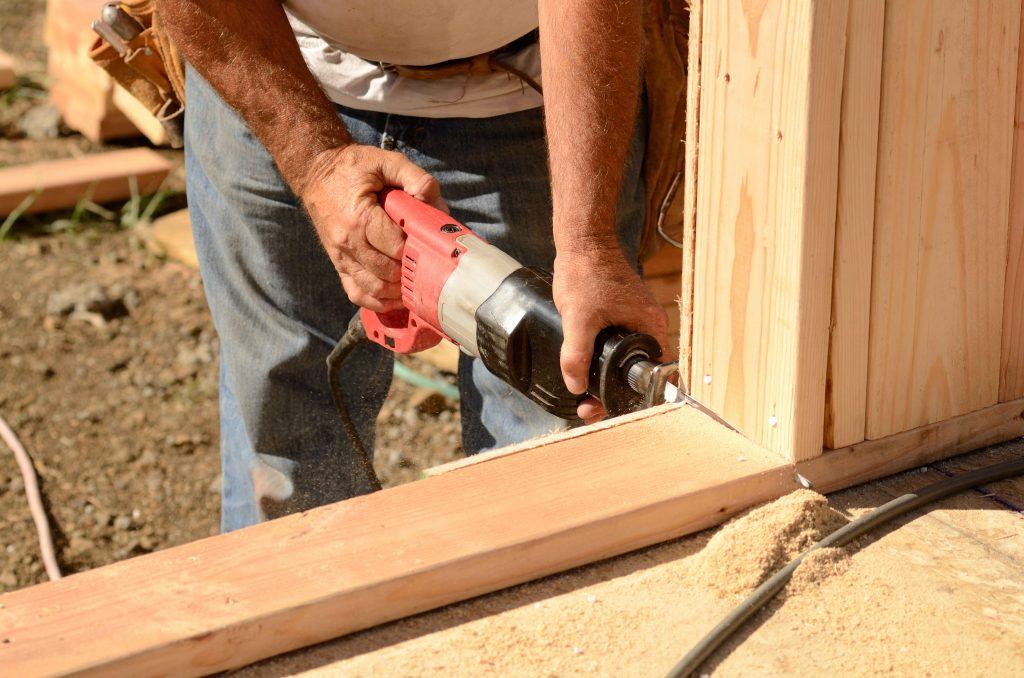
Jigsaws, on the contrary, are hand held since you bring the saw to the work, rather than simply bringing the work to the saw. Overall, jigsaws are much more commonly used, practical, and work far more efficiently than reciprocating saws; you can do several things with a jigsaw than you can with a reciprocating saw.
However, reciprocating saws have their place in any respectable or reputable woodworking shop; they have their advantages and benefits and they can do certain things par excellence which no other tools genuinely can.
JIGSAW
A jigsaw, although it's in the same department as a reciprocating saw, it invariably has its own purposes and uses which it serves. Jigsaws are primarily utilized for cutting accurate, perfectly curved lines in whatever material you are working with.
One can also consult and take guidance from a guide on how to make ideal cuts and parallels. It's a legendary tool for cutting the best shapes into whatever material it is working on.
Depending on what material you are working with, you would want to properly and accordingly adjust your speed. For instance, for the purpose of cutting wood, make sure you are using fast speed.
However, when it comes essentially to cutting metals or ceramic, you will have to use a relatively lower speed. It is also used for making compound, complex and bevel cuts into several other materials.
In order to do this, you have to move the base accordingly, preferably to an angle of 45 degrees. The common blade types of the jigsaw are:
- U-shank
- T-shank
- Mid TPI which is used for cutting or scraping common clean and fine wood.
- High TPI for dealing with metals.
- Low TPI for demolition purposes and at times with wood.
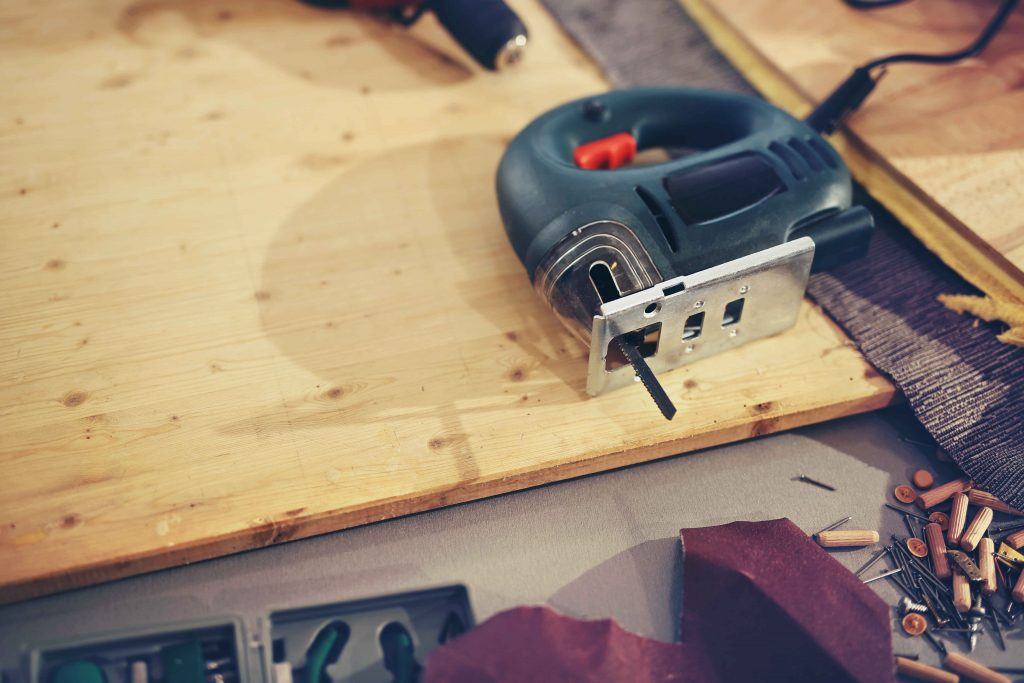
Jigsaw
In order to make a cut or scrap, you require putting the base plate rights at 90-degrees from the very beginning as you start cutting. You can cut things and parts using a jigsaw, they are:
- Ceramic tile
- Counter tops
- Doors
- Sheet or beaten metal
RECIPROCATING SAW
Reciprocating saws are specialized tools which are usually used for cutting ornamental, delicate, immensely intricate designs in material usually not more than 2” thick; their thin, scanty and tiny blades enable you to turn the piece you are working with on a dime. 90-degree cuts, waves, loop die loops, and sharp angles are all a relative breeze with the reciprocating saw.
These saws are pretty amazing because they are quiet and very relaxing, they do not produce or accumulate a lot of dust, they are comparatively safe and they are simply fun to work and deal with.
The disadvantages of reciprocating saws are that they take up large amounts of space and do not really have many practical applications in the field of DIY or utility around the house; they are more or less a specialty tool utilized for making crafts.
Looking to buy?
Here are few illustrations of both reciprocating saws and jigsaws of some reputed brands and companies.

Bosch JS470E 120-Volt 7.0-Amp Top-Handle Jigsaw via Amazon
The above jigsaw of Bosch is nothing but top notch tools which have commendable customer reviews all over the board.
A reasonable price tag, incredibly simple, hassle free and user-friendly blade-changing system and varying operations of speed make it affordable and best for use and choice.

DEWALT DCS331M1 20V Max Lithium Ion Jigsaw Kit via Amazon
This sucker of this DeWalt jigsaw is pretty expensive compared to the other ones but is invariably an amazing tool. Also, jigsaws are all about convenience, distinguished comfort level and portability so it only makes sense to have a cordless one.
The 20V MAX battery platform is brilliant and you will be left with hours of use on merely a single charge. Three bevel degree options are 15, 30 and 45 with 4 speeds and a dust blower that keeps your line of cutting straight and distinct.

Bosch RS428 14 Amp Reciprocating Saw via Amazon
This reciprocating saw from Bosch is of great value - one of the cheapest and most cost effective reciprocating saws you will find that is worth anything at all.
It is 16” throat depth will enable you to cut up to 2” thick wood. Also, its variable speed motor from 400 to 1600 strokes per minute will be absolutely befitting for any material you are working on.
It generally comes with blades; however, the count may vary at times with the price. They are also known as scroll saws.

DEWALT DCS387B 20-volt MAX Compact Reciprocating Saw (tool only). via Amazon
This reciprocating saw from DeWalt is our top pick. It has got a beefy price tag, but if you are going to invest in one quality thing, it has to be your power tools.
The tool has incredibly clean and brilliantly carved simple lines, elegant designs or less complex ornamentations, rock-solid and concrete construction, and an easy going, comfortable quality of cutting.
Which one should you get:
Reciprocating saw VS jigsaw?
If you’re a conventional user of DIY looking to add one or the other to your collection of tools, by all means go with the jigsaw because invariably it is an infinitely more practical and systematic tool, and 99 times out of 100(which is majority of the time for various purposes) you will use it over the reciprocating saw.
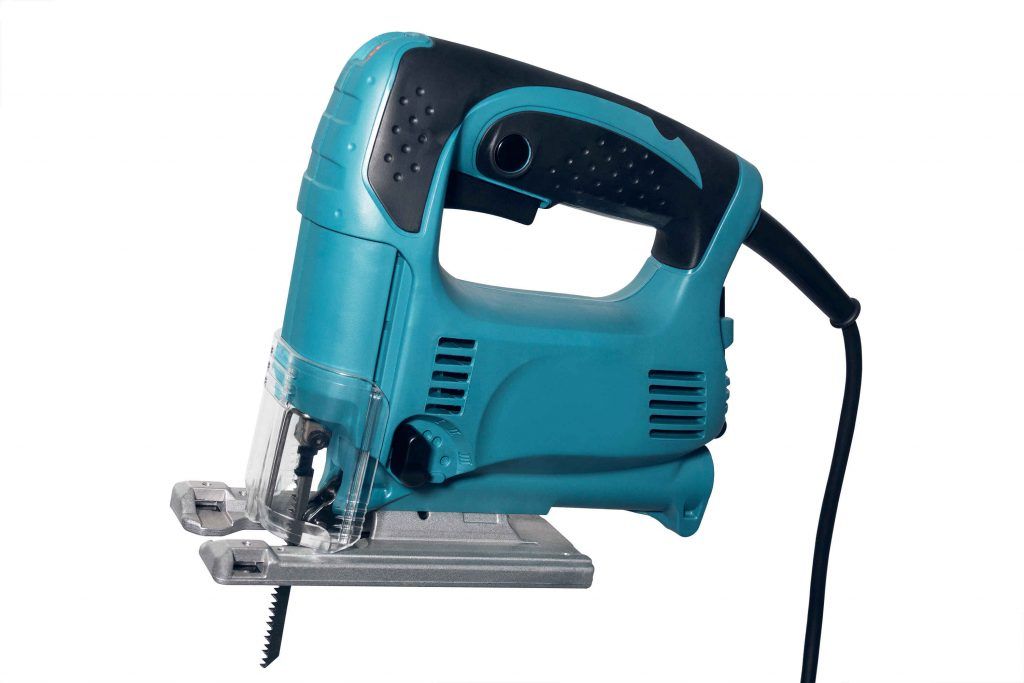
jigsaw
If you’re an artistic or aesthetic person though and looking for creativity and you think you could really get into the crafts, art work and hobbyist side of things and make spectacular gifts or artwork, you might really find happiness and fun working with a reciprocating saw.
Just keep in mind that they are pretty large in size stationary tools, thus make sure you have umpteen spaces in your garage for one.A brief illustration of main differences between reciprocating saw and jigsaw are:
- Reciprocating saws are hand-held, whereas jigsaws make accurate cuts and are used for making intricate cuts on metals or materials.
- Reciprocating saw has the ability to make cuts above your head while you are standing on a ladder; however, jigsaws are used on a tabletop surface or uniformly leveled surfaces.
- Reciprocating saws are used for cutting out window frames and door jams; on the other hand, jigsaws cut counter tops, fine ceramic tiles and round the edges.
- The former can never be used for intricate cuts and jigsaws are not used for flush cuts.
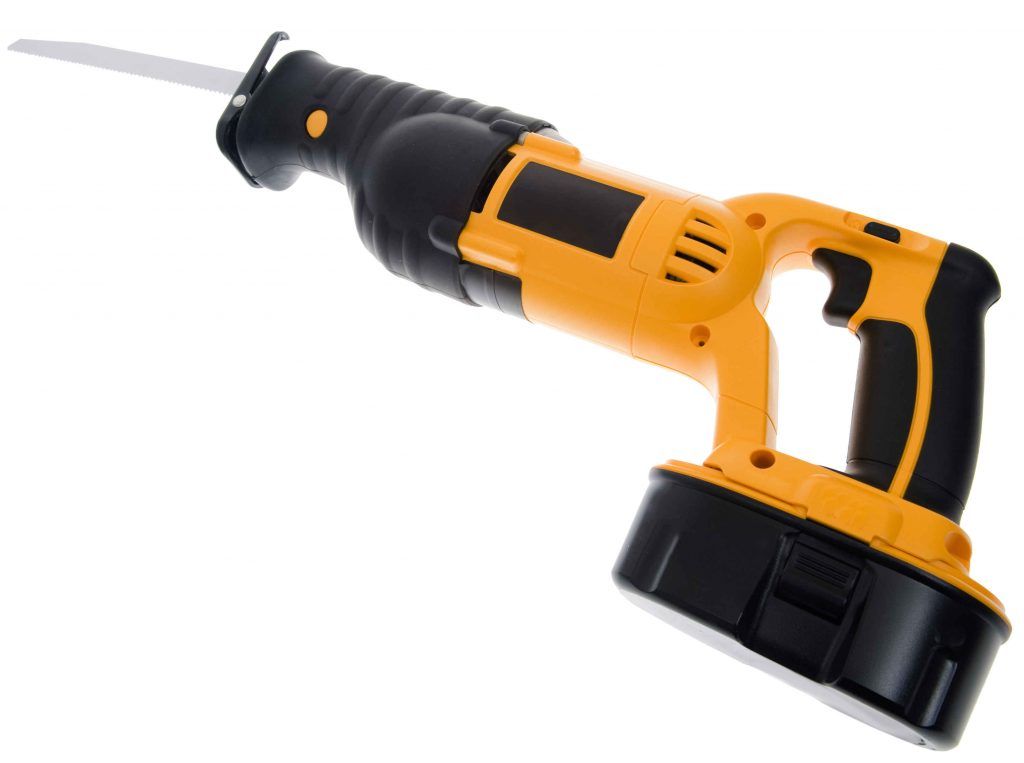
Reciprocating saw
Bottom Line
In the cut-throat competition and the ongoing battle between reciprocating saws and jigsaws, prior to analyzing and assessing the tool?s, make sure you know for what purpose you are going to use them.
To quickly summarize jigsaws and reciprocating saws; they are more or less similar as they are used to make curves although jigsaw is the much more practical option of the two. In case you are considering for your newest shop, go with the jigsaw, any day.
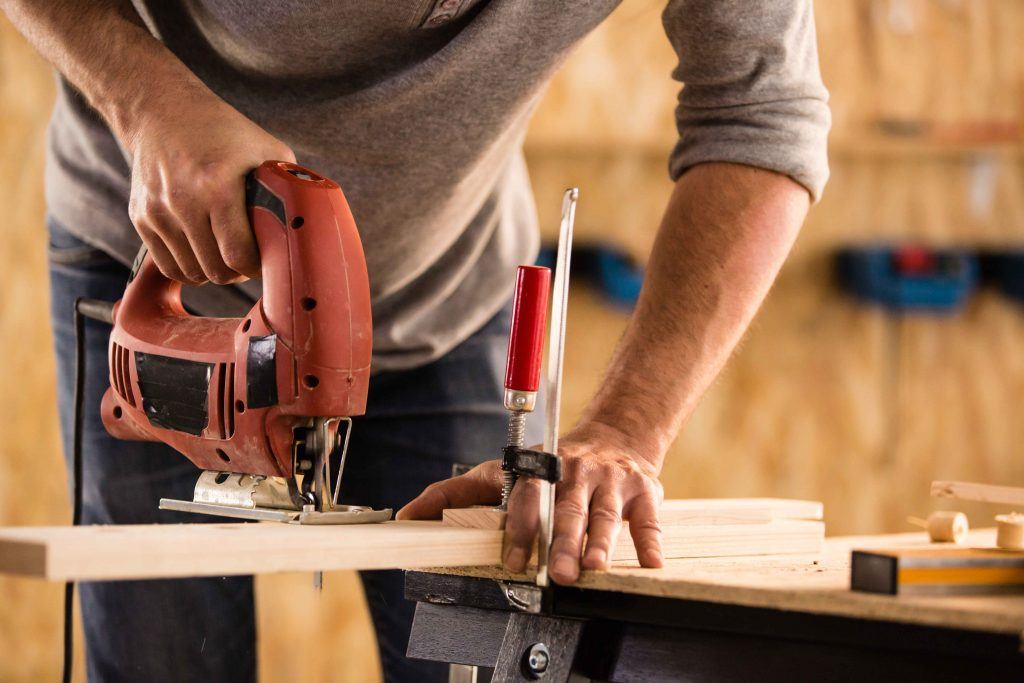
It has a lot more general uses than the reciprocating saw. In case you wish to work with artsy stuff and create aestheticism around, it is recommended to go for a reciprocating saw, in other words- scroll saw as they are way more relaxing.
Once you are aware of that, you can very well educate yourself and acquire knowledge regarding these tools and their features. More education will help you have adequate information regarding which saw you ought to opt for in order to complete your task.
